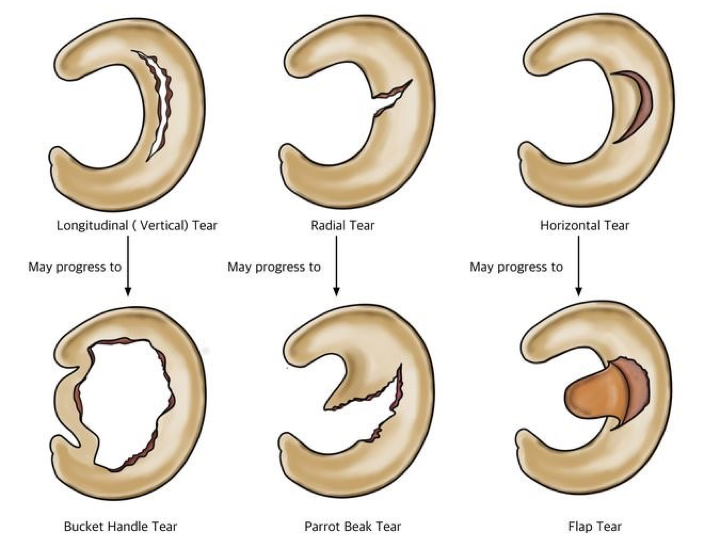
When carrying out daily activities, especially strenuous activities or sports in the high impact category, the knee unknowingly receives more weight from the body than usual and this can put you at risk of injuring the knee joint discs or what is called the meniscus. You need to be careful because 50% of knee injuries are Meniscus tears (Sports Medicine. Mark D Miller, Jon K Sekiya).
The meniscus is a crescent-shaped disc that attaches to the top of the shin bone. The meniscus has an important role in maintaining body balance when the shinbone is under load and also acts as a lubricant to protect the femur and shinbone so they don't rub against each other when the knee joint moves.
The meniscus is said to be injured when it is injured or torn which causes pain and swelling in the knee. Generally experienced by an athlete who is competing, but can also be experienced by non-athletes over the age of 40 due to the degenerative process of Meniscus function. The meniscus injury ratio between men and women is 3:1, which means that men are more at risk of having a torn meniscus. Meniscus injuries can also occur together with other knee injuries, even one-third of ACL ( Anterior Cruciate Ligament ) injuries are accompanied by Meniscus injuries.
A person is said to have a Meniscus injury when his knee looks swollen and painful in the injured part both medial and lateral sides, his knee is stiffly locked so it cannot be moved, the position of the knee joint is not precise such as moving back and forth during activities, knee movement when bending and straightening is imperfect, feel pain when doing a squat position, and pain when pressed on the medial / lateral part of the knee.
The following is a sample image of the various types of tears in the knee joint

There are two treatment methods for someone who has a meniscus injury, namely:
Self Handling Method.
Mild Meniscus injuries can be treated independently with the RICE Method:
- Rest. Rest your knees. Light activity can be helped by using crutches to deal with pain.
- Ice (Ice). Use ice to compress the injured area for 15-20 minutes every 2 hours for 3 days or until swelling goes away.
- Compression (Pressure). Use an elastic bandage to bandage the injured knee. The pressure from splinting around the knee can reduce swelling.
- Elevation (Elevation). Raise your legs higher and provide pillows to support when you are sitting or lying down. This position can reduce swelling.
Medical Handling Method.
If the independent treatment methods have been carried out but the pain and swelling do not go away, then immediately have your knee checked by an Orthopedic Specialist. The doctor will carry out a physical examination followed by an MRI and/or arthroscopy examination to determine the location and size of the tear in the knee joint. At the time of arthroscopy, the patient under spinal anesthesia can see the meniscus tear through the monitor.
The benefits of arthroscopy apart from ensuring the tear area, can also repair the knee joint ( Meniscal Repair ) and also remove the damaged knee joint ( Meniscectomy ).
After the arthroscopy procedure, the doctor will continue treatment with medical rehabilitation in order to restore the performance of the knee so that it can function properly as before. The length of the rehabilitation process is determined by the type of action that has been performed and the person's physical condition.
If you have complaints of knee pain after strenuous activities but are still unsure whether it is due to a meniscus injury, immediately consult the Sport Clinic Team of Doctors at EMC Sentul Hospital.
Article written by dr. Andi Nusawarta, Sp.OT (K) Sport (Specialist Bone and Joint Surgeon Consultant for Sports Injury and Arthroscopy at EMC Sentul Hospital).
